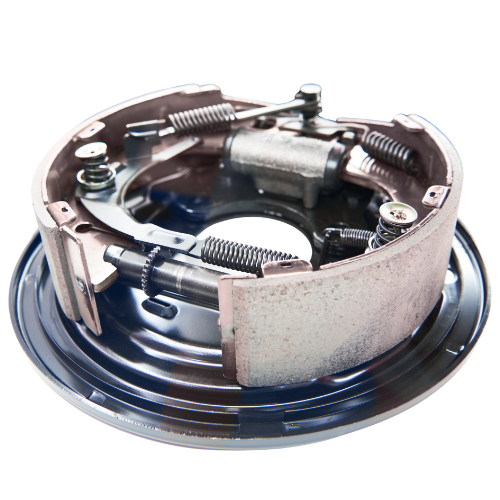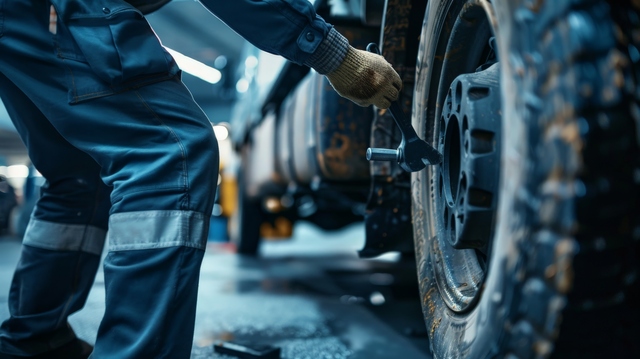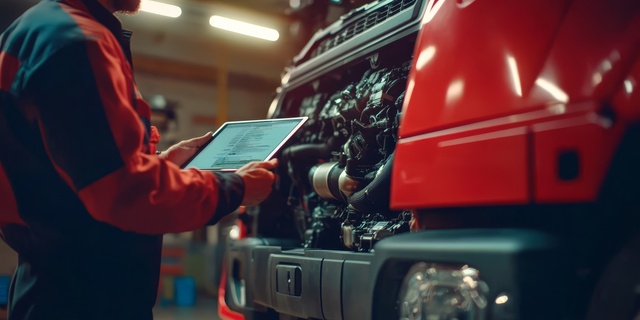Explore the four key components that make up a truck’s brake system—engineered to ensure safe, reliable, and powerful stopping performance on every road.

Regular maintenance is essential to prevent failures, extend the lifespan of brake components, and keep your vehicle running efficiently.
This guide provides practical, beginner-friendly advice on maintaining your air brake system, covering key components such as brake chambers, slack adjusters, brake shoes, and brake lines.
Why Air Brake Maintenance is Important
Air brakes operate under high pressure and constant stress, making them vulnerable to wear and tear. Neglecting maintenance can lead to:
Regular inspections, adjustments, and replacements help maintain maximum safety and performance.
1. Regular Air Brake Inspections

Routine inspections ensure early detection of potential issues before they become serious.
Daily Checks
Weekly Checks
Monthly Checks
Regular inspections help identify worn-out brake shoes, damaged brake chambers, and faulty slack adjusters before they cause performance issues.
2. Adjusting the Brakes Properly
Brake adjustments ensure that braking force is evenly distributed across all wheels.
Checking Pushrod Stroke Length
Slack Adjuster Maintenance
Proper adjustment ensures consistent braking performance and prevents uneven wear on brake components.
3. Maintaining the Air Supply System

The air supply system is the backbone of air brakes, and moisture or debris buildup can lead to major failures.
Draining the Air Tanks
Air Dryer Maintenance
Keeping the air system clean and moisture-free helps extend the life of your air brakes.
4. Inspecting and Replacing Brake Components
Each component of the air brake system plays a vital role in vehicle safety and performance.
Brake Linings and Drums
Brake Chambers
Brake Shoes
Regularly replacing worn brake components ensures smooth braking and optimal performance.
5. Testing the Air Brake System
Regular tests help confirm that the air brake system is functioning correctly.
Leak Test
Low Air Pressure Warning
Routine testing helps detect hidden issues before they compromise safety and braking efficiency.
6. When to Seek Professional Servicing
While basic inspections and maintenance can be performed regularly, some components require professional servicing.
Ensuring expert maintenance on complex brake components helps maintain long-term safety and reliability.
Conclusion
Maintaining your air brakes is essential for safety, performance, and longevity. Regular inspections, proper slack adjuster adjustments, air tank draining, and timely replacement of worn components help prevent costly failures and keep your vehicle running smoothly.
For complex repairs, it’s always best to consult a professional mechanic to ensure everything is done correctly and safely. If you’re looking for high-quality air brake parts, including brake chambers, slack adjusters, and brake shoes, check out our selection to keep your braking system in top condition and your vehicle safe on the road.
Frequently Asked Questions (FAQs)
1. How often should I inspect my air brakes?
2. What are common signs of air brake failure?
3. How do I know if my brake chamber needs replacing?
4. What happens if I don’t drain my air tanks?
5. How do slack adjusters affect braking?